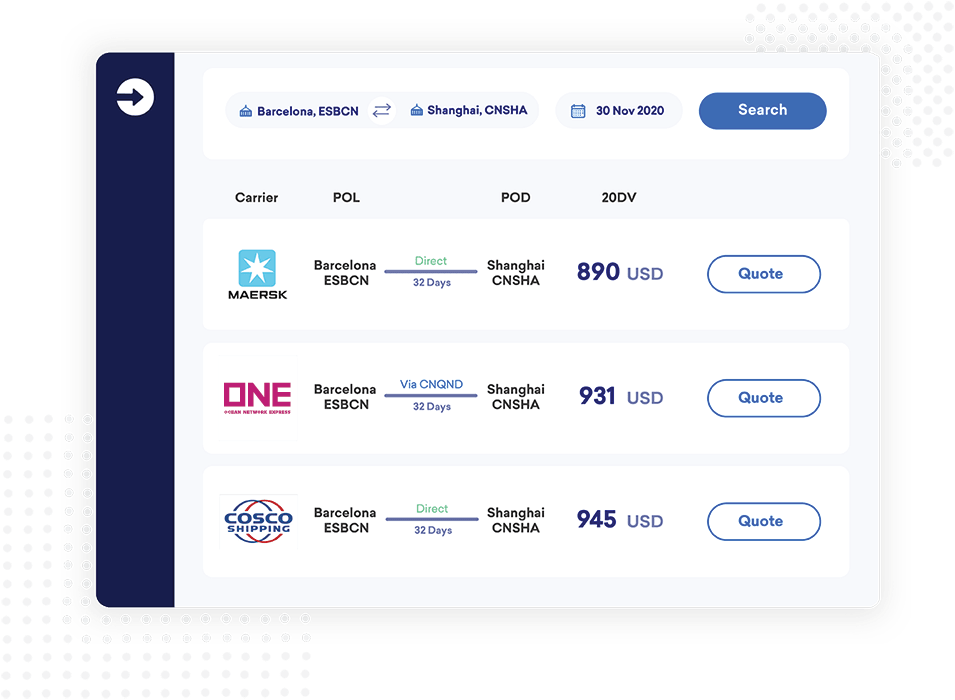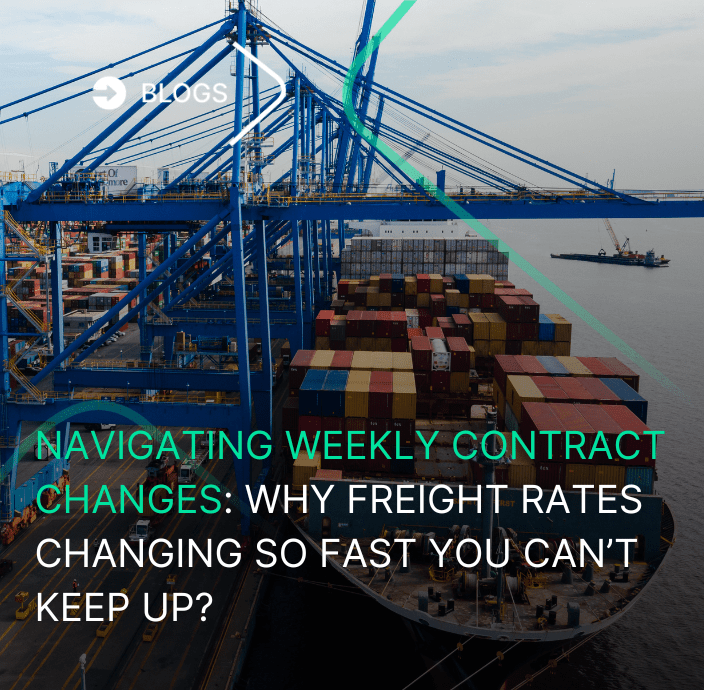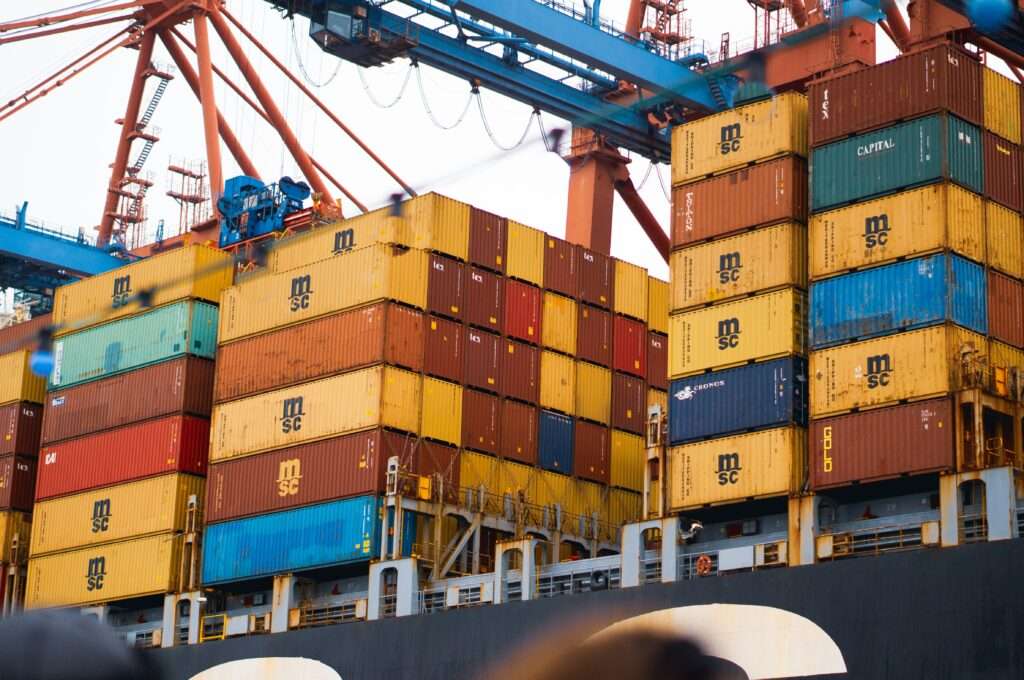In the always evolving and regulated landscape of logistics and supply chain management, freight forwarders are continually challenged by the need to adapt to regulatory changes.
The European Union (EU) has recently introduced several significant regulations aimed at enhancing environmental sustainability and tightening control over international trade.
In this article, we try to describe the four critical EU regulations—EU Emissions Trading System (EU ETS), Carbon Border Adjustment Mechanism (CBAM), European Union Combined Nomenclature (CN), and Import Control System 2 (ICS2) — and discuss how the use of digital tools can help freight forwarders stay compliant, leverage real-time data, and optimize their commercial processes.
EU Emissions Trading System (EU ETS)
The EU Emissions Trading System (ETS) has been a cornerstone of the EU’s strategy to combat climate change since 2005, focusing on reducing greenhouse gas emissions.
As of January 1, 2024, the EU ETS has been extended to include maritime transport, requiring ship operators to purchase emissions allowances for their greenhouse gas emissions.
Initially, 40% of emissions will be priced, increasing to 70% in 2025, and reaching full coverage by 2026.
For freight forwarders, this new regulation imposes significant financial implications.
Emissions allowances need to be purchased for 50% of emissions from voyages that start or end outside the EU, 100% of emissions from intra-EU voyages, and 100% of emissions at berth in the EU.
The cost of these allowances will be passed on to customers through an emissions surcharge, which will be updated quarterly to reflect the volatile price of European Union Allowances.
Given the complexity and frequency of these surcharges, forwarders risk substantial losses if they fail to account for them accurately.
Therefore, utilizing digital visibility tools(like Cargofive) to centralize all freight data is essential for managing these costs effectively and ensuring compliance with the new regulations.
Carbon Border Adjustment Mechanism (CBAM)
The Carbon Border Adjustment Mechanism (CBAM) is designed to level the playing field for EU producers by imposing a carbon price on imported goods that are carbon-intensive, such as cement, iron, steel, and fertilizers.
This regulation aims to prevent “carbon leakage,” where production moves to countries with less stringent climate policies
During the initial transitional phase, CBAM requires companies to report their emissions without direct cost implications.
However, as the regulation becomes fully implemented by 2026, importers will need to purchase CBAM certificates corresponding to the carbon content of their imports.
This regulation demands robust compliance frameworks and accurate emissions reporting to avoid fines and import restrictions.
European Union Combined Nomenclature (CN)
The European Union Combined Nomenclature (CN) is essential for customs declarations and trade statistics within the EU.
The 2024 update to the CN will come into effect on January 1, 2024, and includes minor tariff adjustments.
Accurate classification of goods under the updated CN codes is critical, as errors can lead to fines and shipment delays
Freight forwarders must update their systems and master data to reflect the latest CN codes to ensure smooth customs clearance.
Failure to comply with the updated CN could disrupt supply chains and negatively impact operational efficiency.
By leveraging digital automation tools(like Cargofive), freight forwarders can centralize their entire process and data, enhancing their logistics operations with increased accuracy and reliability, while minimizing the risks associated with error-prone manual processes.
Import Control System 2 (ICS2)
The Import Control System 2 (ICS2) represents the latest iteration of the EU’s customs pre-arrival safety and security framework.
Effective from March 2024, ICS2 introduces stringent requirements for all goods entering or transiting through the EU Businesses must obtain an Economic Operators Registration and Identification (EORI) and ensure their systems are compatible with ICS2 technical requirements.
Compliance with ICS2 is crucial to maintaining operational continuity, as non-compliance can lead to shipment delays and penalties.
Freight forwarders must streamline their processes and undergo comprehensive testing to meet regulatory standards.
Leveraging Freight Visibility Tools for Compliance
Digital tools specialized in the logistics industry are essential for managing compliance with these new EU regulations.
Digital forwarding tools like Cargofive offer real-time freight data tracking and monitoring of rates & other surcharges on the quotes, ensuring that all regulatory requirements are met throughout the supply chain.

By providing detailed insights into emissions, cargo classification, and customs documentation, freight digital tools help companies avoid fines and operational disruptions.
Moreover, these tools can optimize logistics operations by identifying the most efficient routes and modes of transport, thereby reducing carbon footprints and aligning with sustainability goals.
Enhanced visibility also facilitates better decision-making and risk management, ensuring that companies remain agile and responsive to regulatory changes.
AUTHOR



